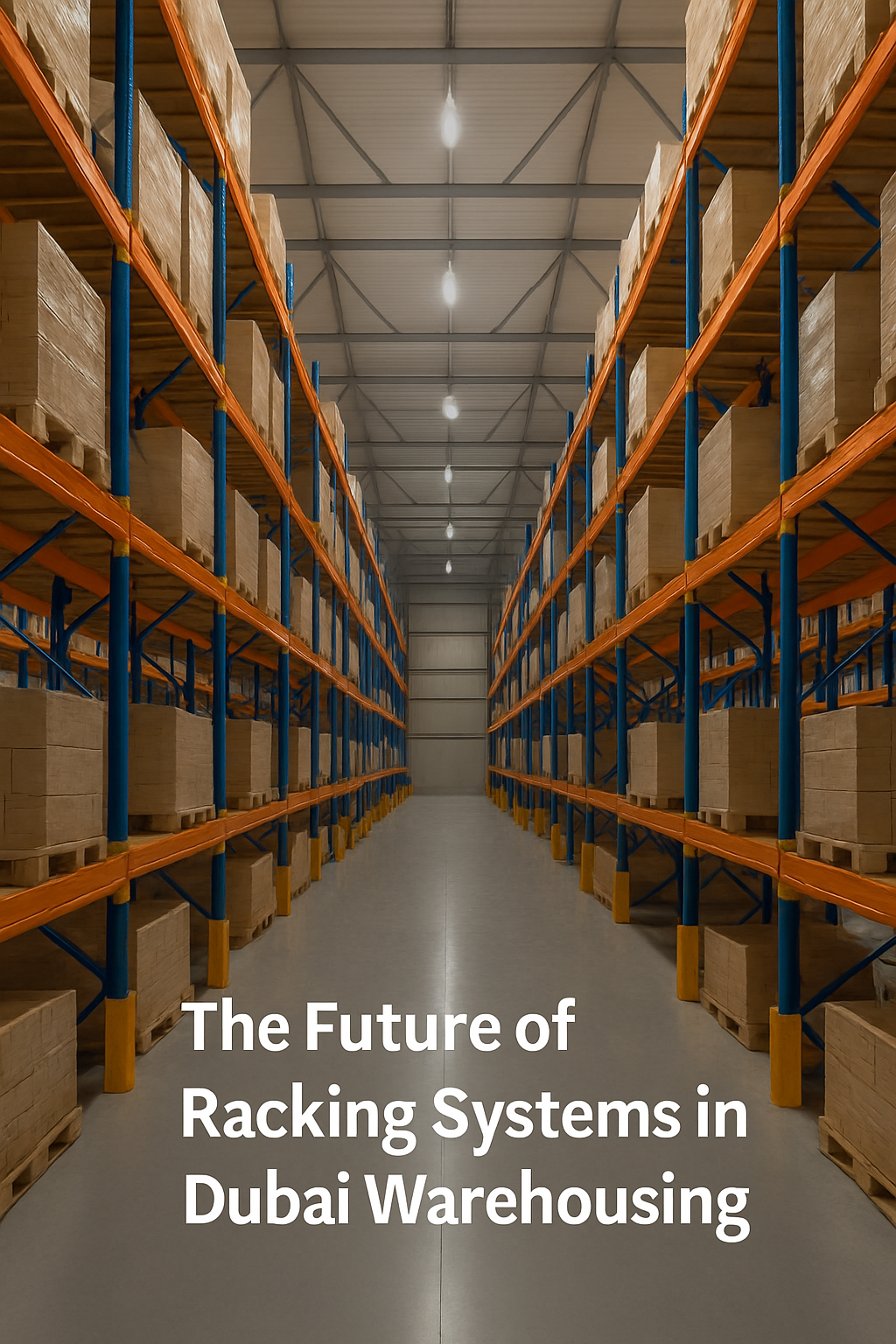
Dubai, UAE — As Dubai cements its position as the Middle East’s logistics epicenter, the warehousing sector is experiencing a rapid technological evolution. At the heart of this transformation lies the humble yet critical infrastructure: racking systems. Once seen as static storage solutions, modern racking is now the frontline of innovation—combining automation, AI, and sustainability to meet the city’s surging demand for speed, efficiency, and space optimization.
A Strategic Pivot Toward Smart Racking
Dubai’s logistics and warehousing industry—valued at over AED 220 billion—is aggressively modernizing. As the government champions its “Smart Dubai” initiative, warehouse operators are under growing pressure to integrate intelligent racking systems. These include sensor-based monitoring, automated shuttle systems, and IoT-enabled racks that optimize space, track inventory in real-time, and reduce manual labor.
“Traditional racking has reached its ceiling in high-throughput facilities,” says Yousuf Al Marri, Head of Logistics at a Jebel Ali-based 3PL firm. “We’re shifting to smart racking because it’s not just about space—it’s about speed, safety, and scalability.”
Space Is Money—And Smart Racking Saves Both
With real estate premiums in Dubai’s logistics zones soaring, companies are investing in high-density racking systems such as very narrow aisle (VNA) racking, automated pallet storage, and mobile pallet racking. These solutions maximize vertical space, reduce aisle width, and are ideal for temperature-controlled environments—essential for pharmaceuticals and perishables in the UAE climate.
The ROI is clear. A Dubai-based FMCG distributor reduced storage footprint by 30% while improving retrieval efficiency by 40%, simply by transitioning to automated high-density racking.
Sustainability is No Longer Optional
In a region increasingly focused on green logistics, sustainable racking systems are becoming standard. Recyclable materials, solar-powered automation, and energy-efficient storage designs are gaining traction. Dubai’s Dubai Industrial Strategy 2030 and Net Zero by 2050 vision are encouraging the warehousing sector to reduce carbon emissions and embrace circular economy principles.
Companies like Planet Racking are at the forefront, offering modular, reusable, and eco-certified racking systems that meet global LEED and Estidama guidelines.
AI, Robotics & Predictive Logistics
AI is not just a buzzword—it’s the next evolution in storage. Predictive analytics now inform racking design by forecasting product velocity and inventory turnover, enabling dynamic storage allocation. Robotic picking arms integrated with racking structures are also streamlining operations in fulfillment centers catering to e-commerce giants.
According to research from the Dubai Chamber of Commerce, 70% of warehousing businesses in the emirate plan to automate by 2027—a signal that advanced racking is becoming a strategic imperative, not a luxury.
Challenges Ahead: Integration and Talent
Despite the momentum, challenges persist. High upfront costs, system integration complexity, and the shortage of specialized talent in racking automation are hurdles Dubai’s logistics leaders must address.
Partnerships between racking manufacturers, automation firms, and logistics providers will be key. Additionally, investing in training programs and local talent development will ensure that the workforce can manage and maintain increasingly complex systems.
Conclusion: A Market on the Move
The future of racking in Dubai is not about shelves—it’s about systems. Warehouses are no longer storage spaces; they are smart, sustainable, and scalable environments that drive the efficiency of entire supply chains.
As Dubai positions itself as the logistics capital of the future, the warehousing sector must continue to evolve. For businesses that embrace this shift early—especially in their racking strategies—the payoff will be measurable, meaningful, and market-defining.